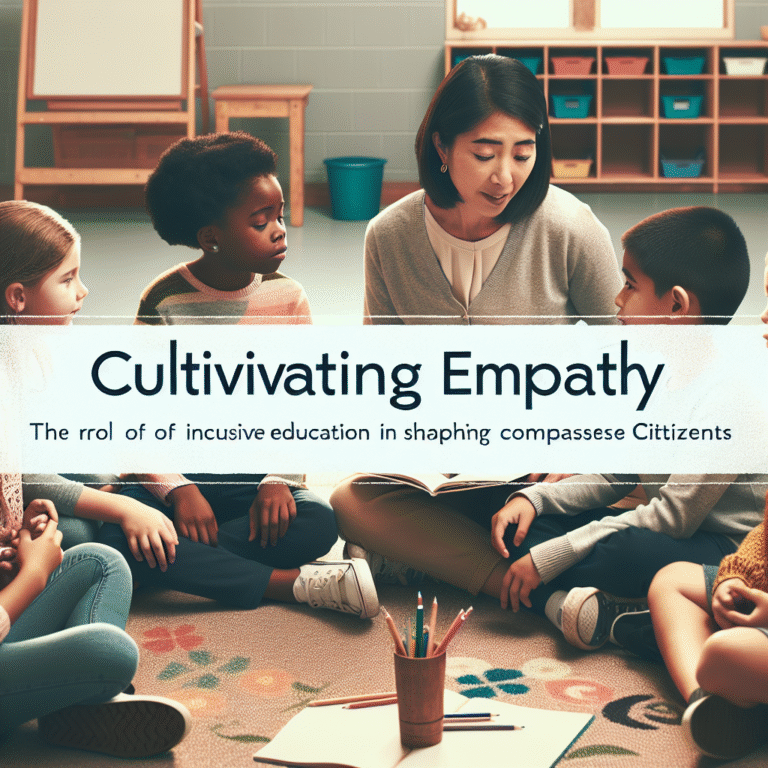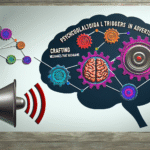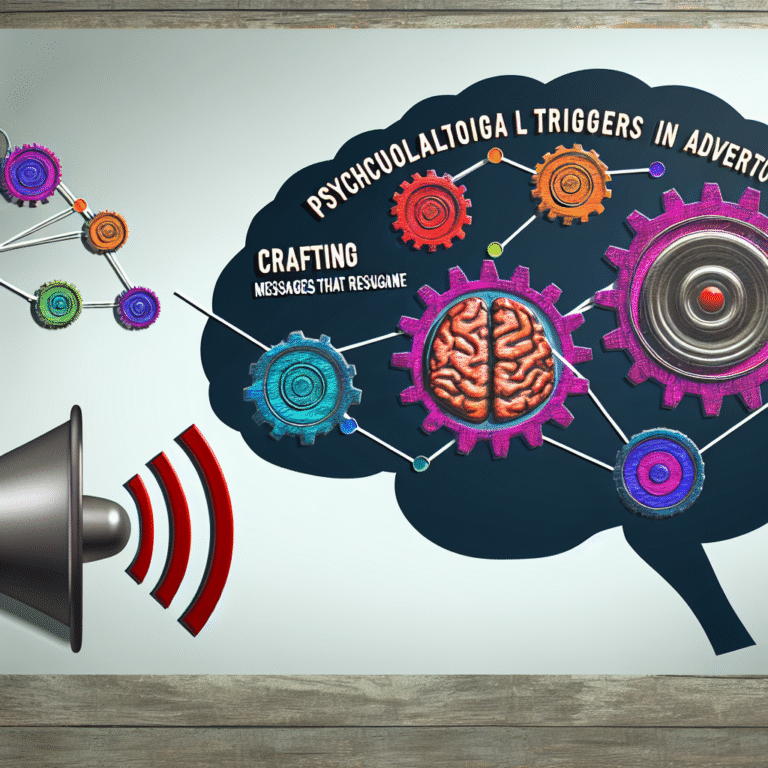
Introduction
Imagine stepping into a classroom filled with curiosity instead of routine, where every question inspires exploration and every inquiry leads to deeper understanding. This transformative approach, known as Inquiry-Based Learning (IBL), is redefining educational paradigms by turning traditional teaching on its head. From Questions to Knowledge: How Inquiry-Based Learning Transforms Education is not just a concept; it’s a movement aiming to cultivate critical thinking, problem-solving, and a genuine love for learning.
The relevance of IBL has never been more pronounced. As society evolves and the demands of the workforce change, the ability to adapt, think critically, and learn independently becomes crucial. In this article, we will delve into the ways IBL is reshaping educational practices, exploring real-world applications, and offering insights that can inspire educators, parents, and learners alike.
The Pillars of Inquiry-Based Learning
What is Inquiry-Based Learning?
Inquiry-Based Learning is an educational strategy centered around the learner’s questions and interests rather than a predetermined syllabus. It emphasizes active participation, encouraging students to explore, ask questions, and seek answers on their own. This method fosters an environment where learners feel empowered, making education a dynamic and engaging experience.
The Philosophical Foundations of IBL
IBL is rooted in constructivist theories, particularly those proposed by Jean Piaget and Lev Vygotsky. These theorists emphasized the importance of social interaction and real-world experiences in the learning process. By engaging learners actively and allowing them to construct knowledge through inquiry, IBL prepares students to navigate complexities in the real world.
Why Inquiry-Based Learning Matters
Promoting Critical Thinking Skills
At its core, From Questions to Knowledge: How Inquiry-Based Learning Transforms Education fosters critical thinking. Rather than passively receiving information, students learn to analyze, synthesize, and evaluate knowledge. For example, a history lesson that begins with a question—"Why did the Renaissance occur?"—invites students to explore multiple perspectives, encouraging them to dissect sources and draw conclusions.
Catering to Diverse Learning Styles
Unlike traditional learning models, IBL can cater to various learning styles. Students can collaborate in groups, engage in hands-on projects, or research topics individually. This flexibility empowers learners to engage in ways that resonate best with them.
Enhancing Engagement and Motivation
Research shows that students are more motivated when they have a say in their learning journey. By fostering an environment where inquiry thrives, educators can increase student engagement significantly. A case study from an elementary school in California demonstrated that students who participated in IBL projects exhibited a 30% increase in attendance and enthusiasm for learning.
Real-World Applications of Inquiry-Based Learning
Case Study 1: High School Science Initiatives
In an urban high school, a science teacher implemented an inquiry-based curriculum focused on the question, “How can we reduce our carbon footprint?” Students engaged in research, experiments, and community outreach to explore sustainability. Their findings weren’t merely academic; they led to actionable projects, such as a school-wide recycling initiative, showcasing how inquiry leads to tangible results.
Analysis
This case emphasizes the relevance of IBL by linking academic learning with real-world issues. Students not only gained knowledge but also took an active role in their community, illustrating the transformative potential of IBL.
Case Study 2: Middle School History
A middle school history curriculum based on inquiry allowed students to explore pivotal moments in history by asking questions like, “What were the causes of the Civil War?” This approach led students to investigate a variety of sources, including primary documents, interviews, and modern interpretations.
Analysis
This case showcases IBL’s ability to deepen historical understanding. By examining diverse sources and perspectives, students developed critical analytical skills and fostered a stronger connection to historical events.
Case Study 3: Interdisciplinary Project in a University
At a university, students from various disciplines collaborated on an inquiry-based project titled “Smart Cities.” They posed questions about urban sustainability, technology integration, and social equity. The project culminated in a presentation to city planners, demonstrating the practical implications of their research.
Analysis
This interdisciplinary case illustrates how IBL can transcend traditional classroom boundaries. By engaging with real-world stakeholders, students learned the importance of collaboration and problem-solving in diverse contexts.
Table: Comparison of Traditional vs. Inquiry-Based Learning
| Aspect | Traditional Learning | Inquiry-Based Learning |
|---|---|---|
| Role of Teacher | Authority figure | Facilitator |
| Student Engagement | Passive | Active |
| Learning Environment | Structured, predictable | Flexible, adaptable |
| Knowledge Acquisition | Memorization | Exploration, critical analysis |
| Assessment | Standardized tests | Projects, presentations, portfolios |
Overcoming Challenges in Implementing IBL
Teacher Training and Support
One common concern regarding IBL is the need for teacher training. Educators accustomed to traditional teaching methods may find it challenging to adapt. Support and professional development are essential for successful implementation.
Curriculum Constraints
Another challenge is adapting existing curricula to accommodate inquiry-based methods. Schools may need to reevaluate their goals and frameworks to integrate IBL comprehensively.
Student Resistance
Students who are used to conventional methods may initially resist IBL. Educators can ease this transition by gradually introducing inquiry-based projects and scaffolding student learning.
From Questions to Knowledge: The Process of Inquiry
Encouraging Curiosity
The heart of IBL lies in nurturing students’ natural curiosity. Educators can foster an environment where questions spark discussions. For example, a teacher might initiate a lesson with an open-ended question and allow students to brainstorm related queries.
Structuring Inquiry Projects
To guide students effectively, educators should provide structure while maintaining flexibility. This can include frameworks for research, timelines for project completion, and checkpoints for feedback.
Reflection and Assessment
Reflection is vital in the IBL process. Students should be encouraged to reflect on their learning journey, analyzing successes and areas for improvement. Assessments should focus on skills acquired through inquiry, including critical thinking and collaboration.
Conclusion
In conclusion, From Questions to Knowledge: How Inquiry-Based Learning Transforms Education is not merely a trend but a crucial step toward a more engaging, effective educational model. By prioritizing inquiry and curiosity, we can cultivate learners who are prepared to face the complexities of the modern world. This transformative approach empowers students, making them not just consumers of information but active participants in their learning journey.
Call to Action
As we move forward, it’s essential for educators, parents, and policy-makers to advocate for and implement inquiry-based practices in classrooms. Embracing this shift can lead to a brighter, more innovative future for education.
FAQs
1. What are the core principles of Inquiry-Based Learning?
Inquiry-Based Learning centers on curiosity, exploration, and active participation. It encourages students to ask questions and seek answers, prioritizing the learning process over rote memorization.
2. How can teachers implement IBL in their classrooms?
Educators can start by posing open-ended questions, allowing for group discussions, and designing projects that promote exploration and critical thinking. Professional development can also support the transition to IBL.
3. What are some common challenges faced when implementing IBL?
Challenges include the need for teacher training, adapting curricula, and overcoming students’ resistance to change from traditional learning methods.
4. How does IBL enhance student engagement?
By allowing students to explore their interests and ask questions, IBL transforms learning from a passive experience into an active, engaging journey, significantly increasing motivation.
5. What is the role of assessment in Inquiry-Based Learning?
Assessment in IBL often involves evaluating student projects, presentations, and reflections, focusing on skills gained through inquiry rather than traditional standardized tests.
By integrating IBL into educational practices, we can redefine the learning landscape, fostering a generation of inquisitive thinkers ready to tackle the challenges of tomorrow.

















